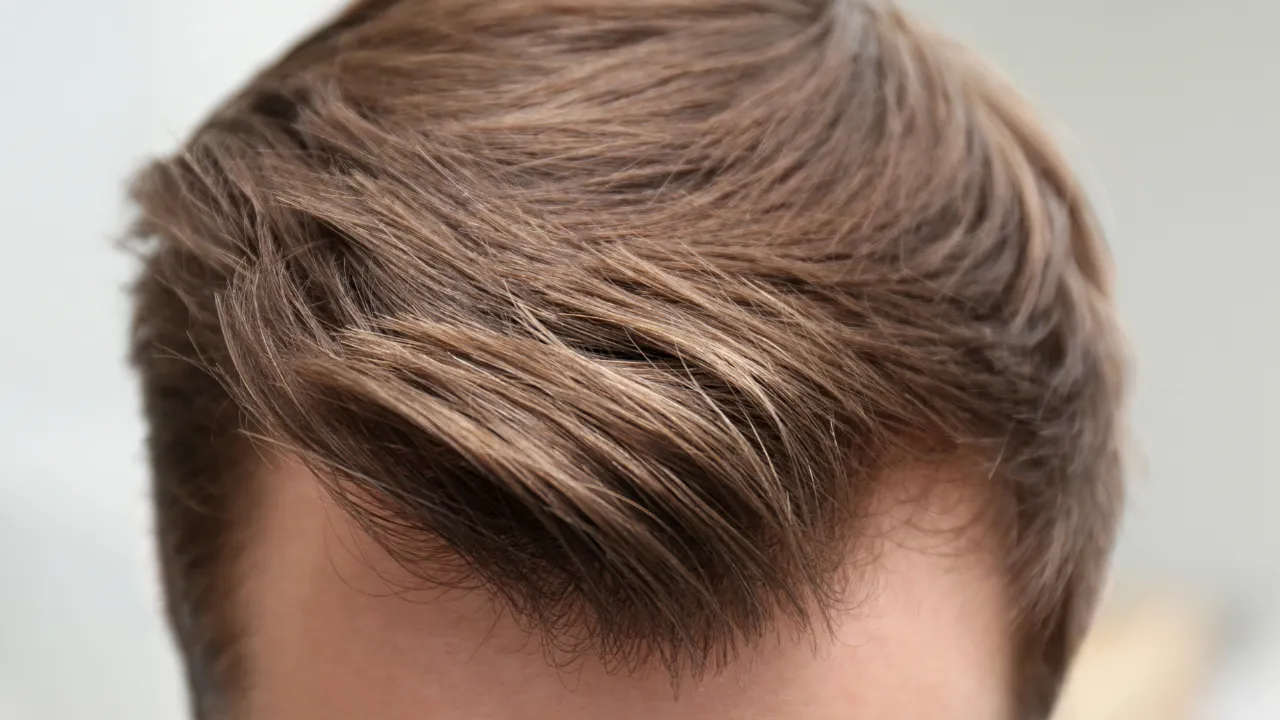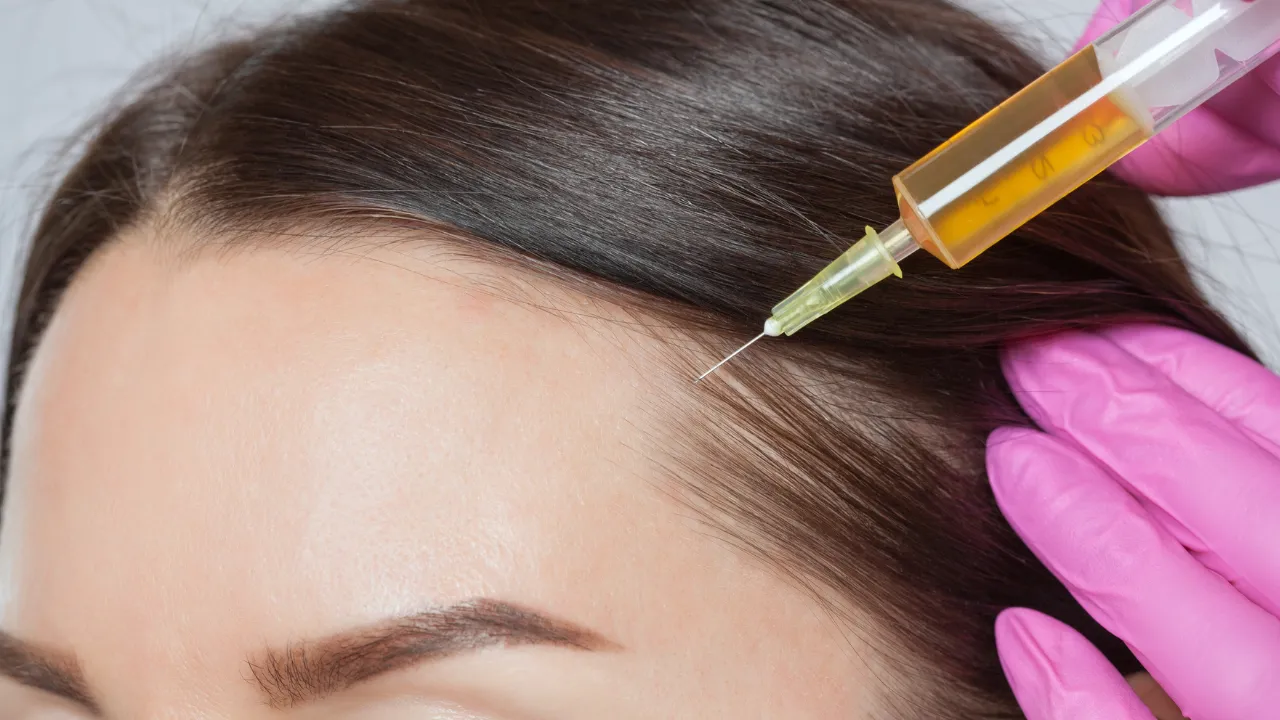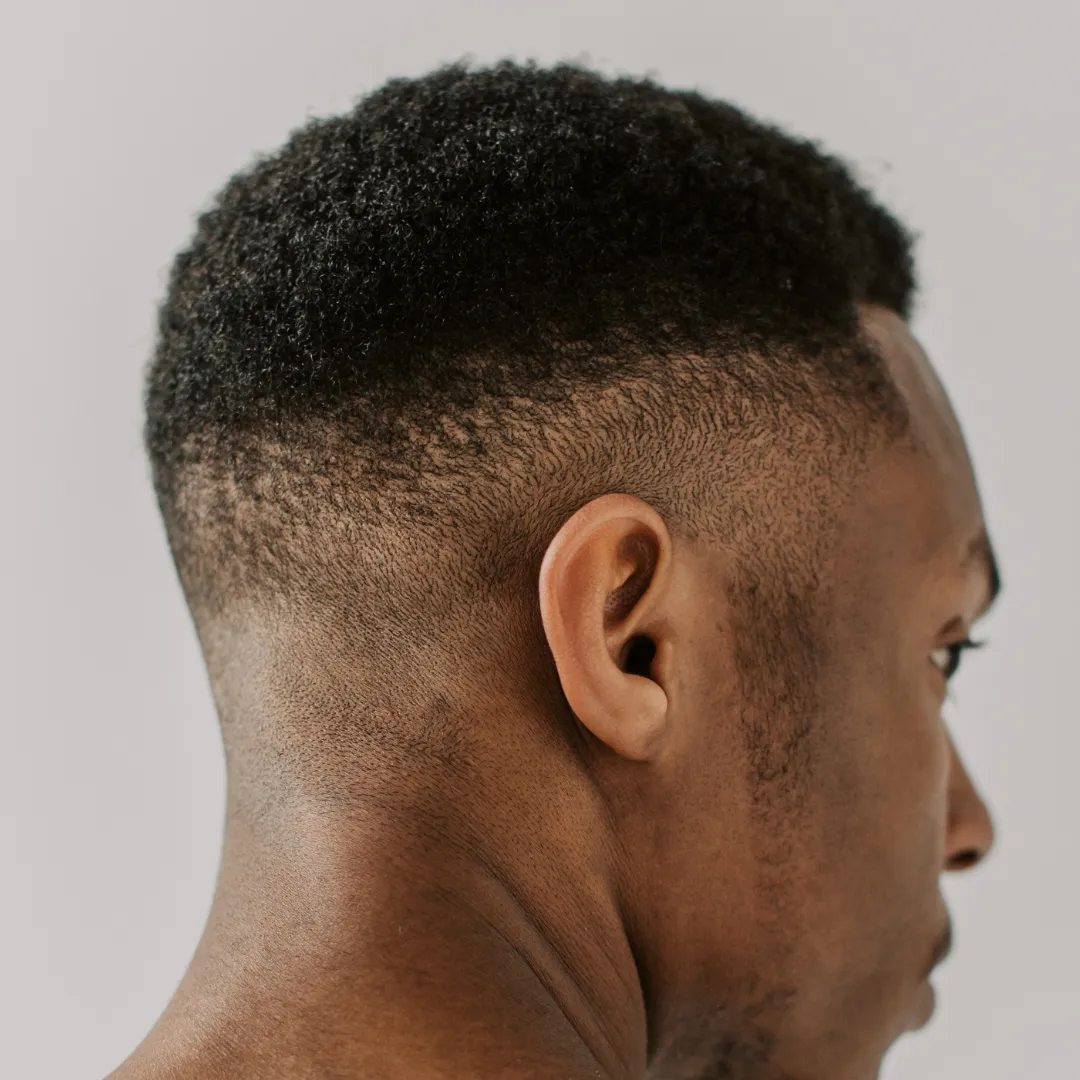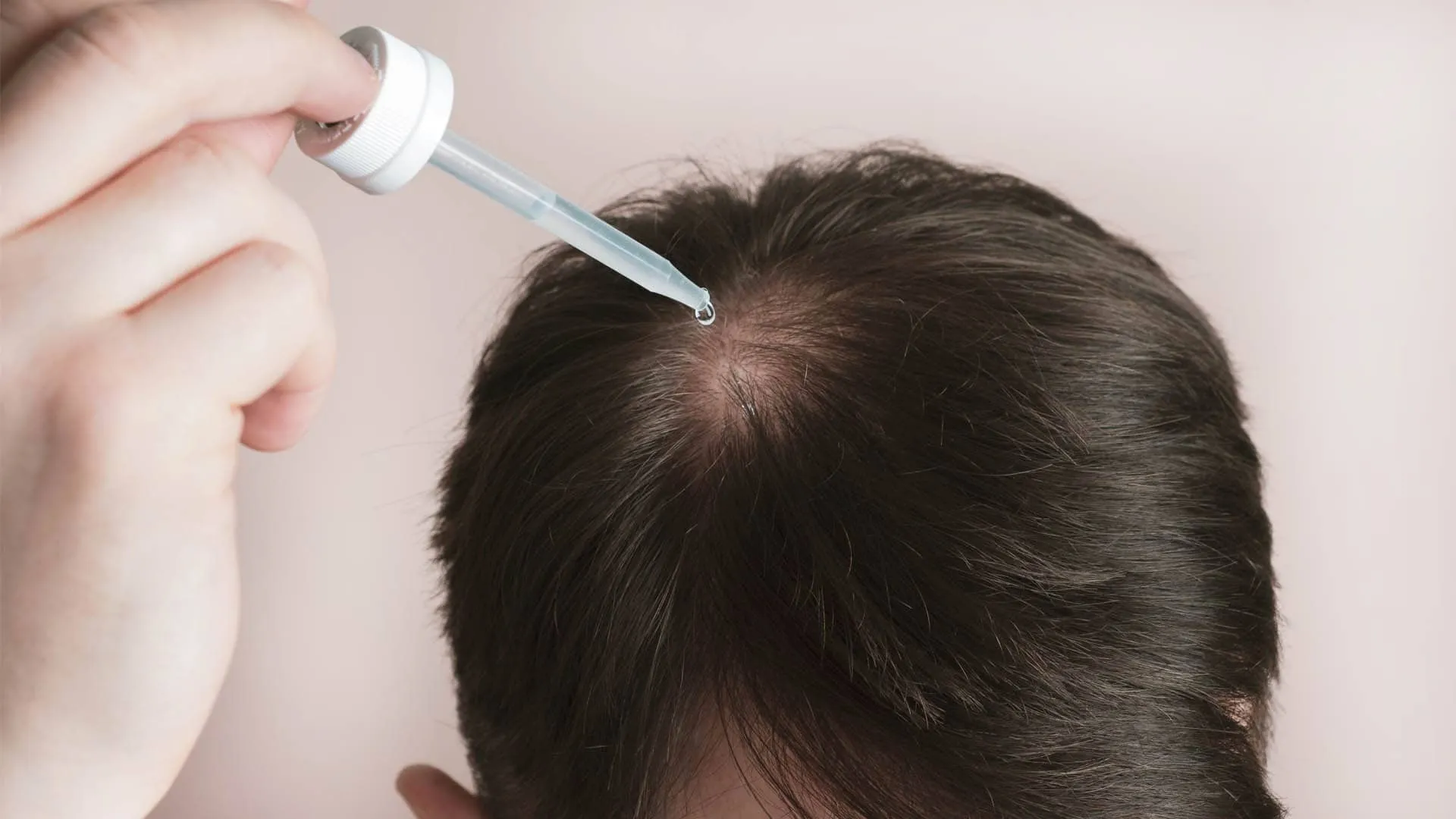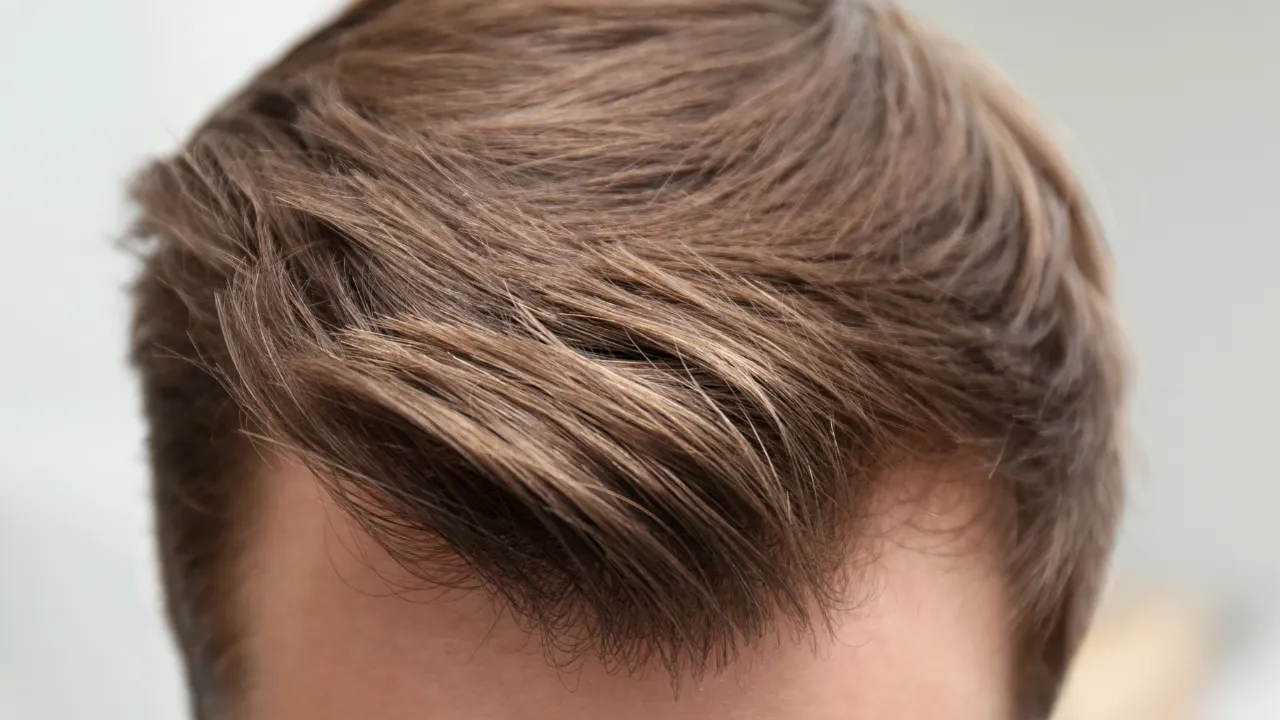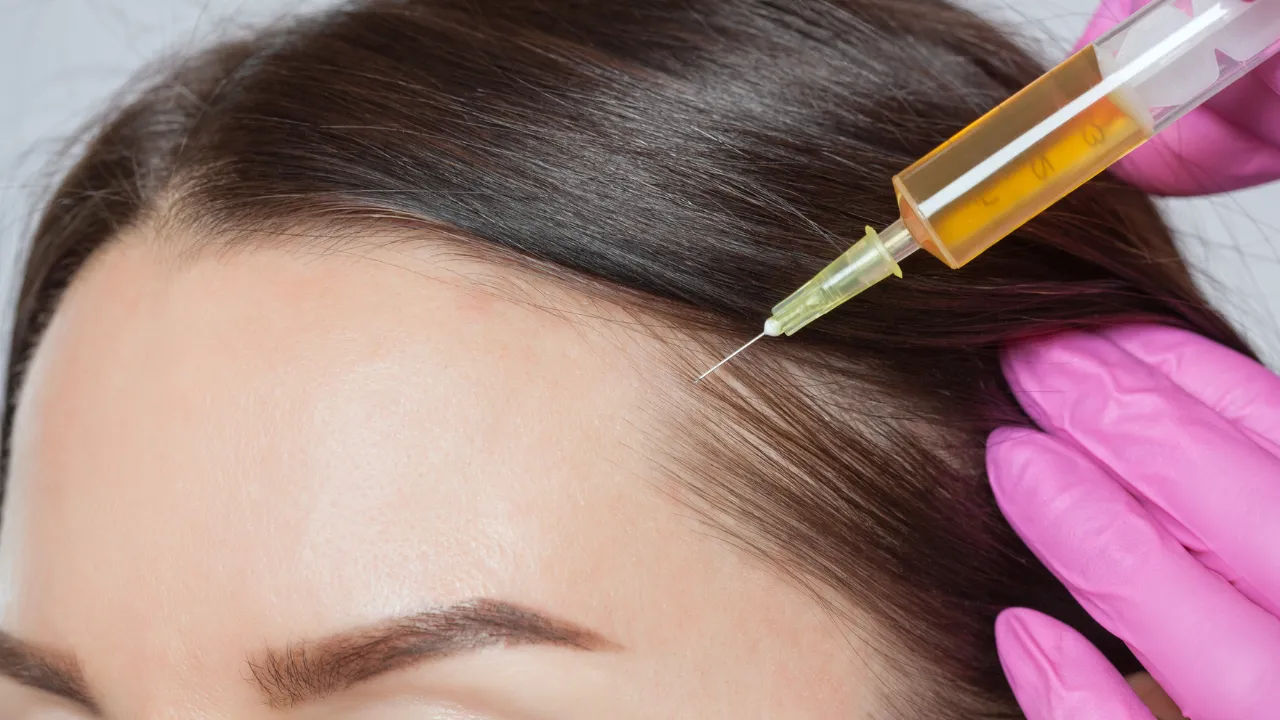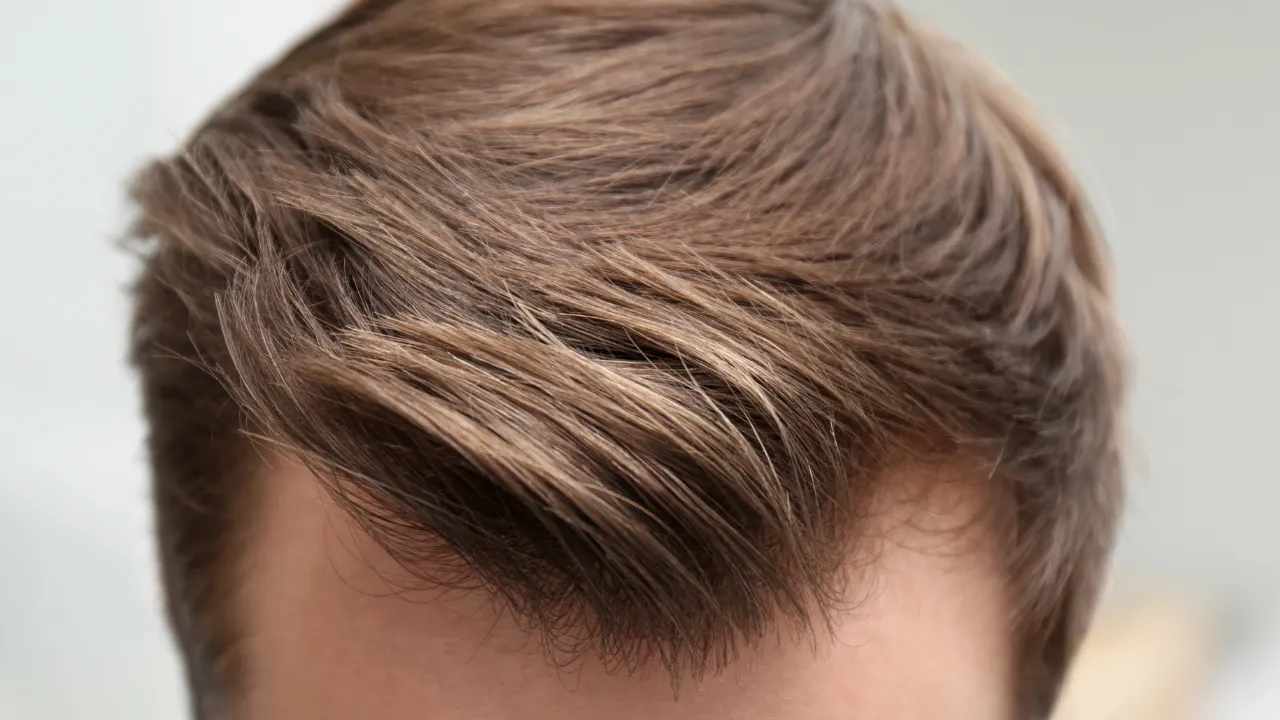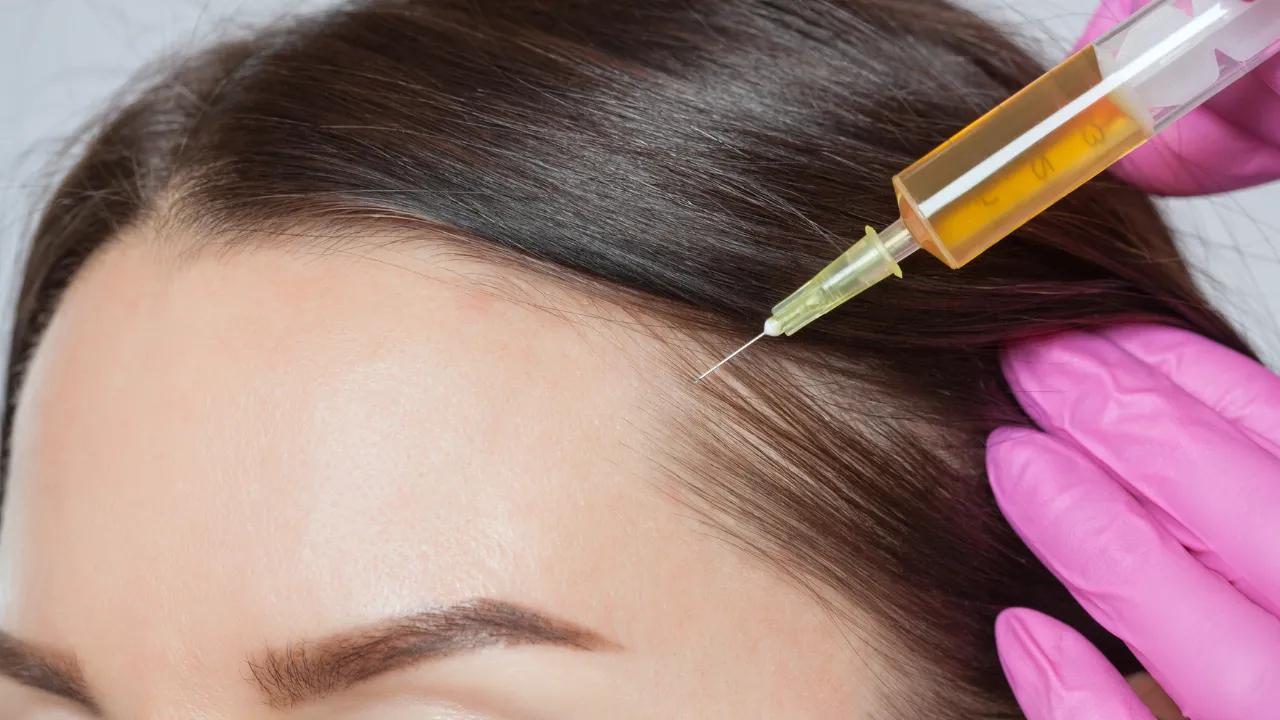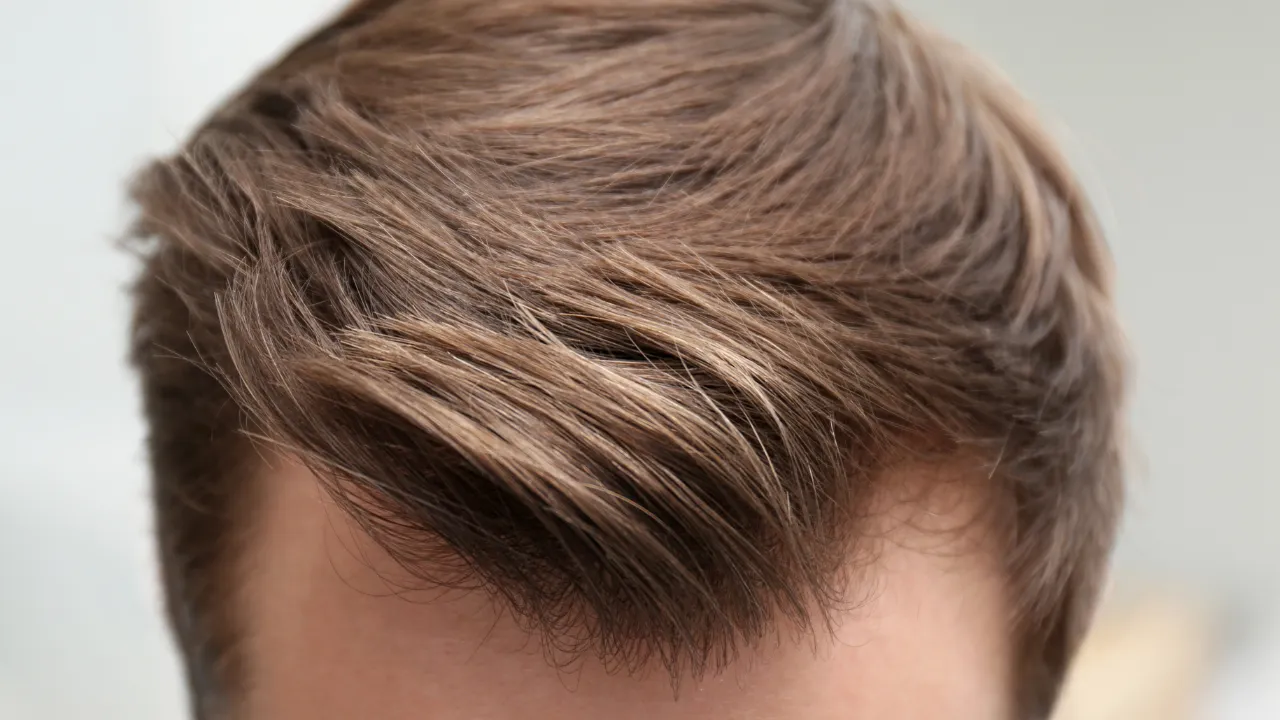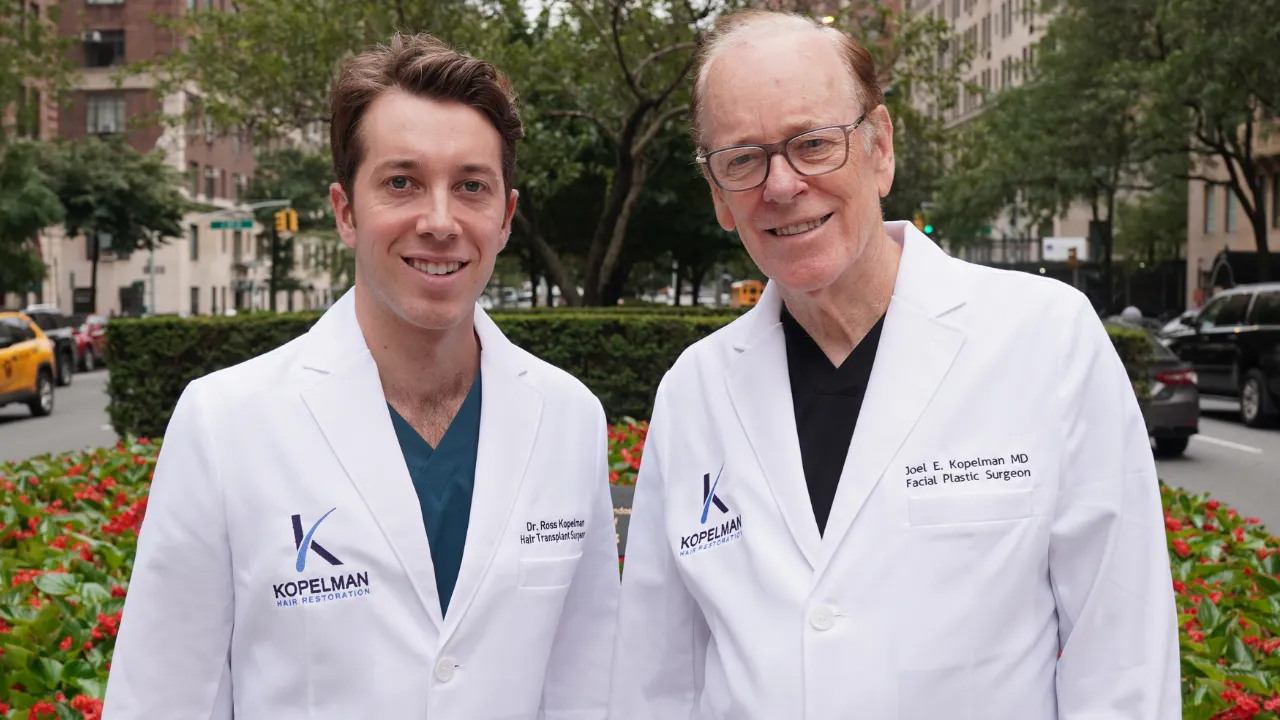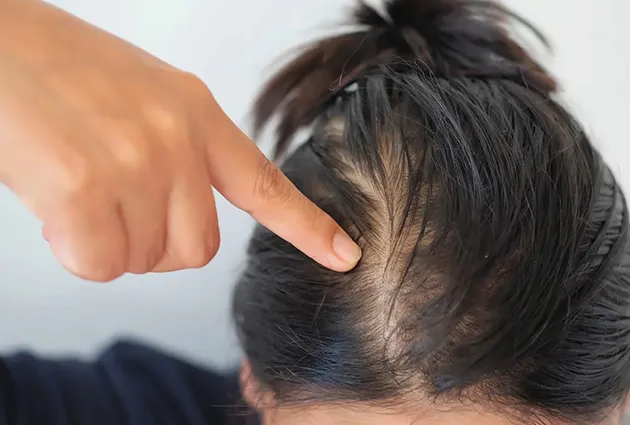For individuals looking to enhance their body hair, whether for aesthetic reasons or to correct patchiness, body and chest hair transplants offer a reliable solution. Dr. Kopelman, a leading expert in hair restoration, specializes in these procedures, helping patients achieve their desired look with natural, long-lasting results. In this comprehensive guide, we’ll explore everything you need to know about body and chest hair transplants, including the procedure, benefits, and what to expect during the recovery process.
Posted on
If you’re researching chest hair implants or want to see chest hair transplant before and after photos, this page will walk you through what to expect.
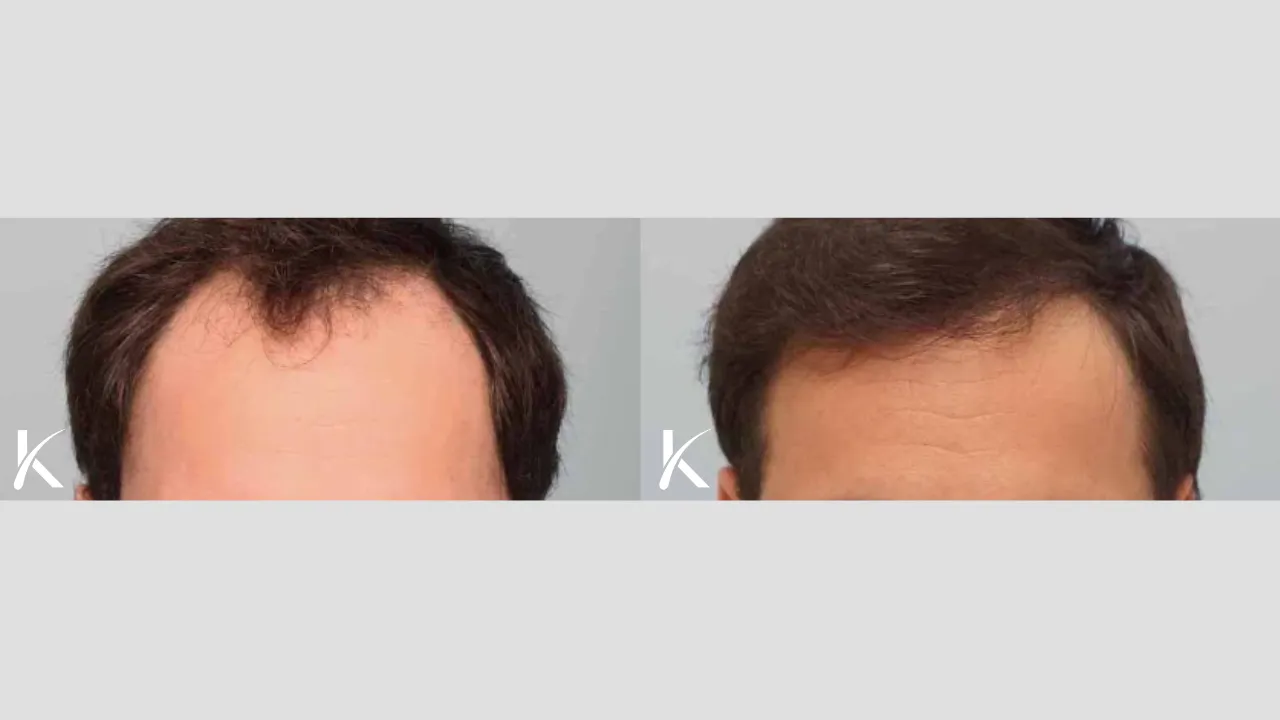
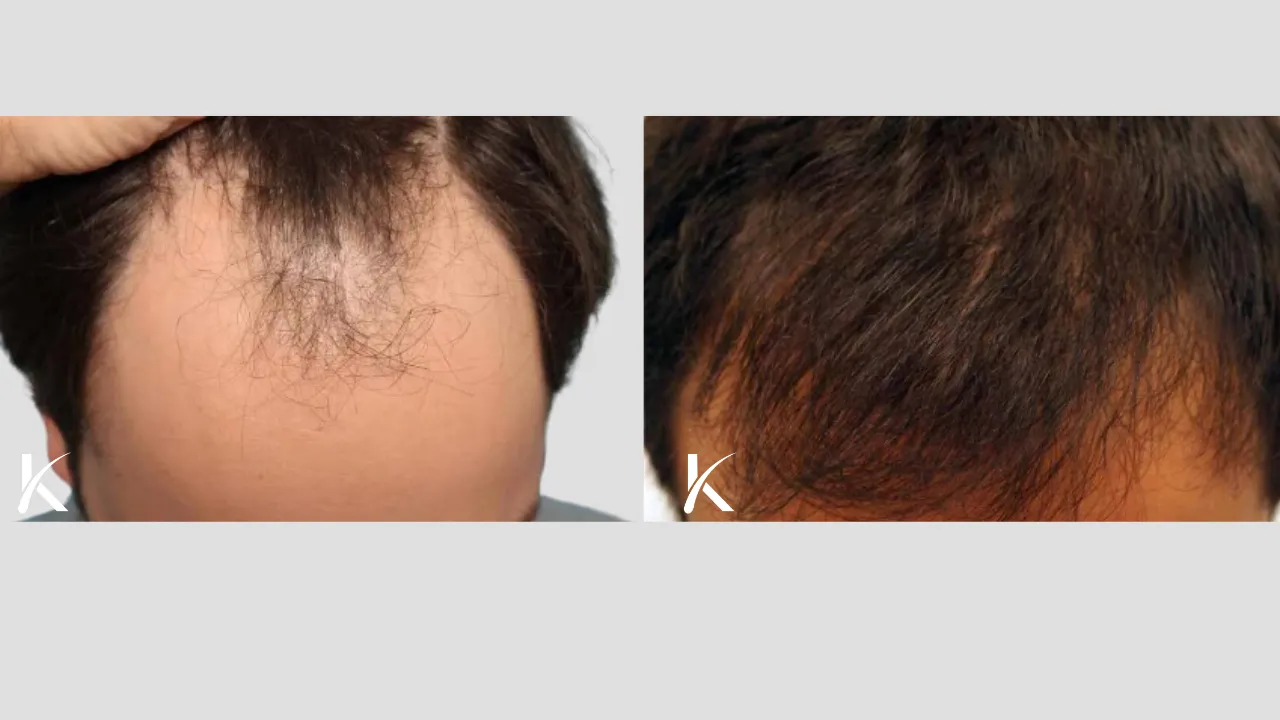
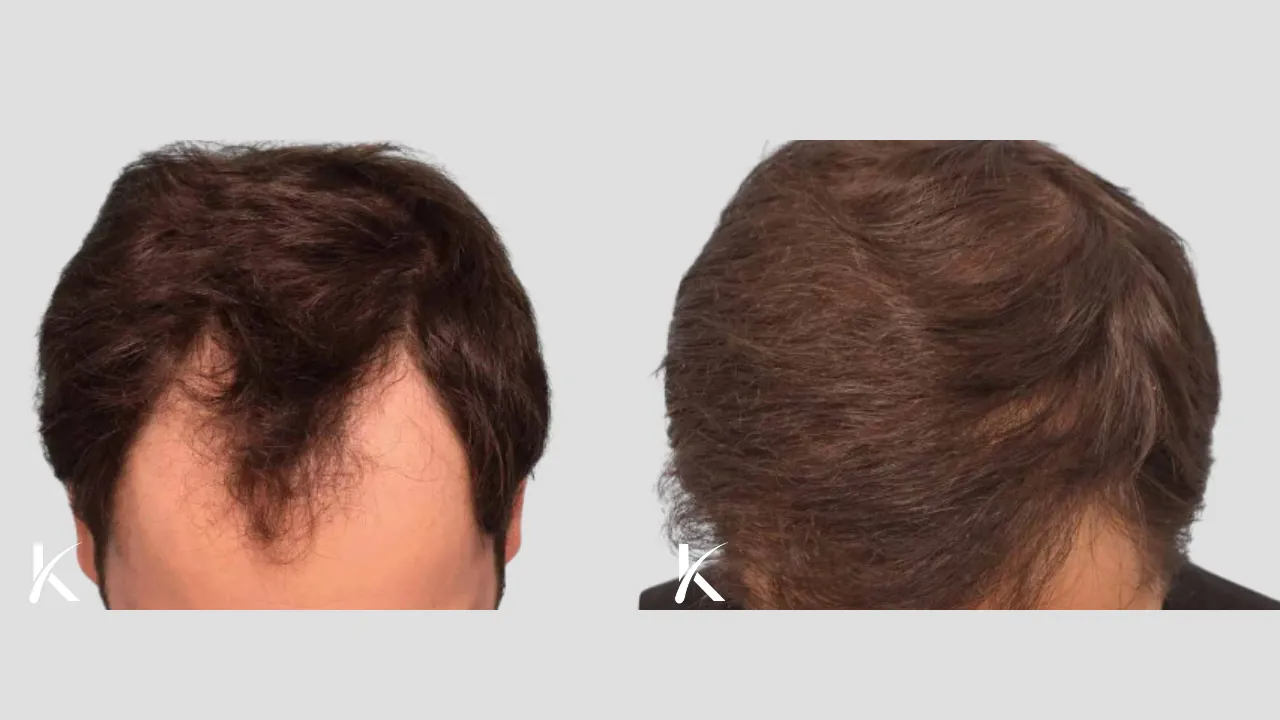
Procedure Description:
Patient aimed to increase hair density on the crown. Photos taken before and nine months after.
Whether you search for chest hair implants near me or want expert body hair transplantation Miami, we can guide you.
To schedule a private consultation with Kopelman Hair Restoration for body hair transplant in Miami.
Please call the office or request an appointment online.
